Proper Dog Hygiene: Do's and Don'ts

Proper Dog Hygiene: Do's & Don'ts
If you're a dog owner, you know that part of caring for your pet involves ensuring that you keep your pet clean and maintain proper hygiene. We're going to go over the parts of your canine that you'll want to keep clean as well as the do's and don'ts involved. So keep reading so that you can learn how to keep your dog happy, clean, and healthy!
BRUSHING & WASHING
One of the most obvious things you need to care for is your dog's fur, or coat. This involves brushing, washing, and inspecting to make sure your dog hasn't picked up any ticks. Keeping your dog groomed won't only help him look good, but he'll also feel better after a good brush and wash.
Brushing & Washing Do's:
- Brush your dog's fur regularly. This will help avoid knotting and matting. Matted fur is tangled, rough, and difficult to brush. It is also unhealthy for dogs, since it prevents temperature regulation, causes irritation, and can hide fleas, ticks, and other icky parasites.
- Make sure you have the proper brush suited to your dog's type of fur. Bristle brushes are recommended for dogs that have short hair while pin brushes work well for long-haired dogs.
- Brush your dog's coat before bath time. Washing tangles fur will only cause more tangling!
- Use shampoo that is intended for dogs
Brushing & Washing Don'ts:
- Although you should brush your dog's fur regularly, don't overbrush. This can eventually thin out your dog's coat. It's recommended that you brush your dogs coat every other day or so.
- If you notice matting, do not attempt to use a pair of scissors to cut it out. Your dog may get nervous and move, which could result in accidental cuts. Instead, use a comb to de-tangle the mat. If this doesn't work, visit a professional groomer and have them take care of this.
- Never use human shampoo on a dog. They include fragrances and other ingredients that can be harmful to your pet.
- Don't bathe your dog outdoors in cold temperatures.
ORAL HYGIENE
We all know that it's important to brush our teeth twice a day, but did you know that the same thing is recommended for dogs? Before you start stressing, know that a little brushing is better than no brushing at all! Simply cleaning your dog's teeth three times per week minimum will help reduce plaque buildup.
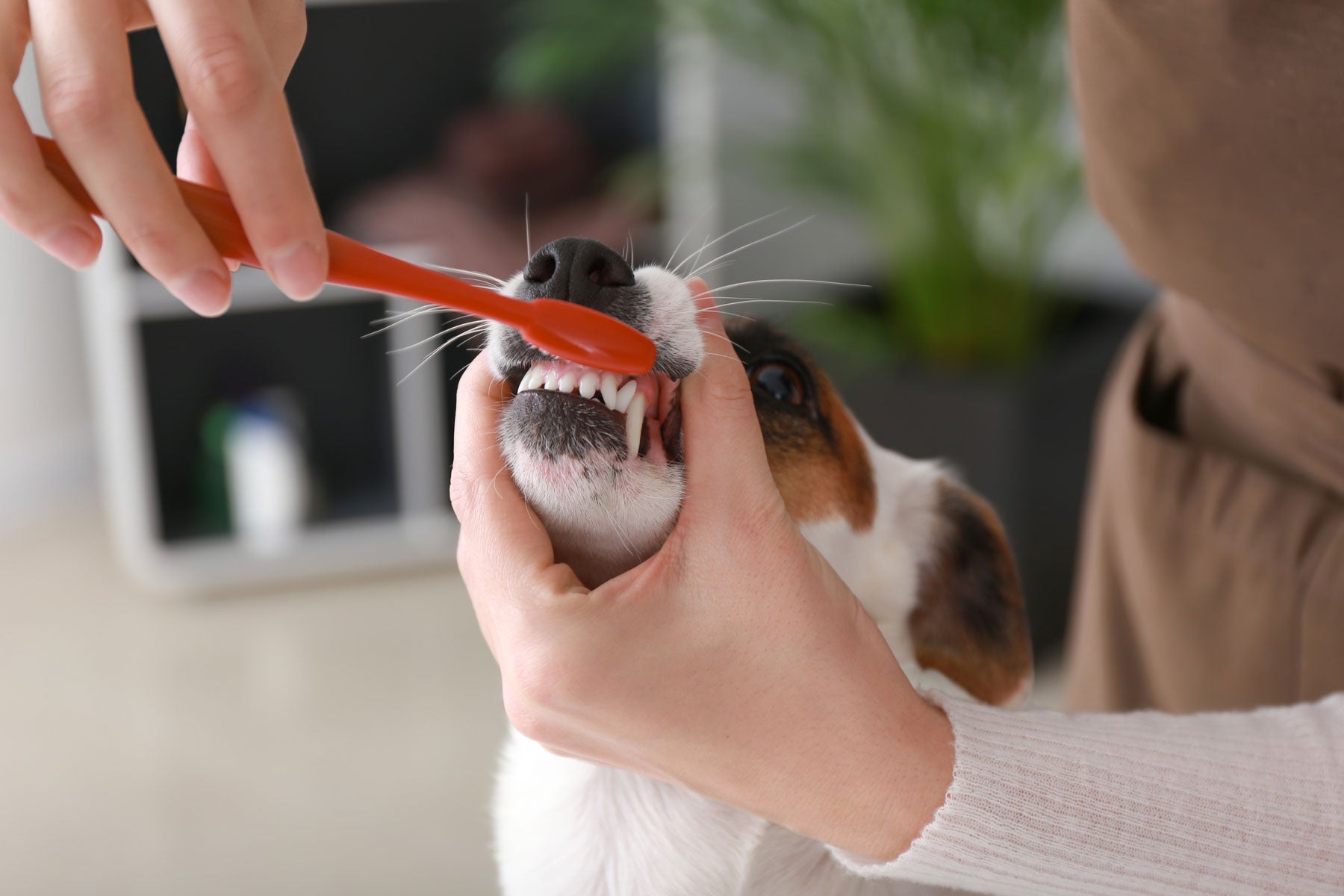
Oral Hygiene Do's:
- Start by wiping your dog's teeth and rubbing your fingers or a cloth over your dog's gums, especially if you've never brushed your dog's teeth before. This will help your dog get used to the feeling of having his teeth cleaned.
- Be sure to use the proper type of toothbrush depending on your dog's size. It's helpful to purchase a toothbrush that's designed specifically for a dog's mouth. You can also find brushes that fit over the tip of your finger, making it easier to brush your dog's teeth.
- Use toothpaste that is intended for dogs.
- Give your nylon chew toys to help clean your dog's teeth while they chew. Nylon dog chews helps remove built up plaque as your dog chews, helping keep teeth clean in between brushing sessions.
Oral Hygiene Don'ts:
- Never use human toothpaste for dogs. Many include ingredients, such as xylitol, which is toxic to dogs.
- Baking soda is another ingredient to avoid when it comes to brushing your dogs teeth. Although it works for human teeth, baking soda can upset your dog's stomach and digestive tract if swallowed.
Remember, if you're just starting out, don't rush it! It may take some time for your dog to get used to having his teeth brushed. So go slow, be gentle, and have patience. Follow these tips to keep your dog's clean!
EARS
Next, let's turn our attention to your dog's ears! These are easy to clean but are a spot that can easily be neglected.
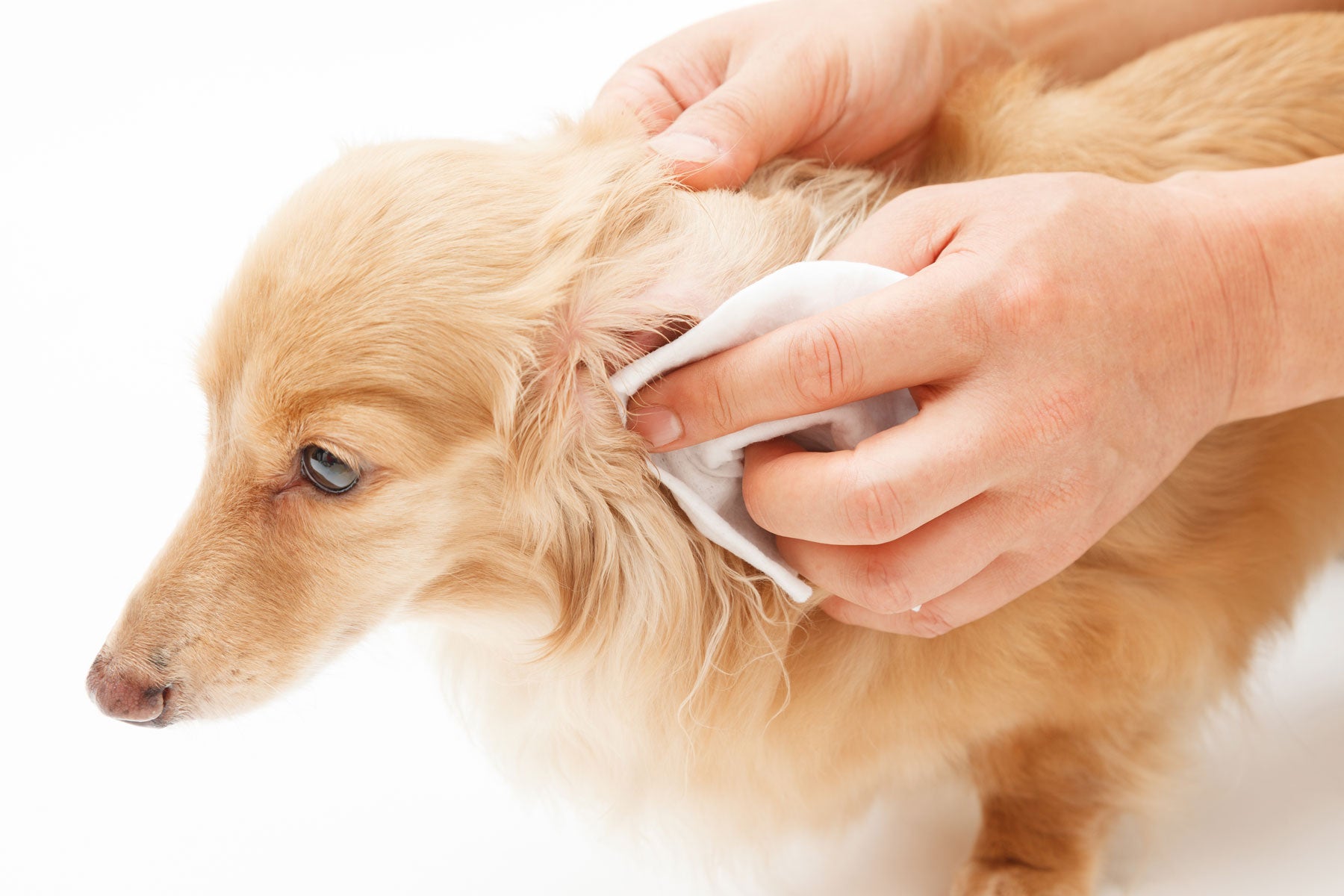
Ear Do's:
- Clean your dogs ears weekly with a moist cotton ball or cloth. You can even use ear-cleaning solution specifically made for dogs. Simply wipe out the insides to remove any excess wav and gunk.
- Contact your vet if you notice any redness or inflammation inside your dog's ears. He may have an infection.
Ear Don'ts:
- Avoid using Q-tips. These can push debris deeper into the ear or potentially damage the inside of the ear itself.
- Overcleaning can cause irritation, so don't clean your dog's ears every day.
- If you notice any foreign objects in your dog's ear, don't attempt to remove it yourself. Be sure you consult a vet.
PAWS
Check your dog's paw pads. Since dogs are always on their feet, it is important to be sure that there aren't any cracks, injuries, or excessive dryness that could lead to problems.
Paw Do's:
- Check your dog's paw pads regularly to make sure there aren't any rocks, thorns, or other debris embedded in them.
- Also check the areas in between the toes to make sure nothing is stuck between them.
NAILS
Last but not least, it's important to trim your dog's nails regularly. Just like human nails, dogs nails need to be trimmed when they grow long. This is a sensitive area that requires careful attention, though, so be sure you're taking necessary precautions.
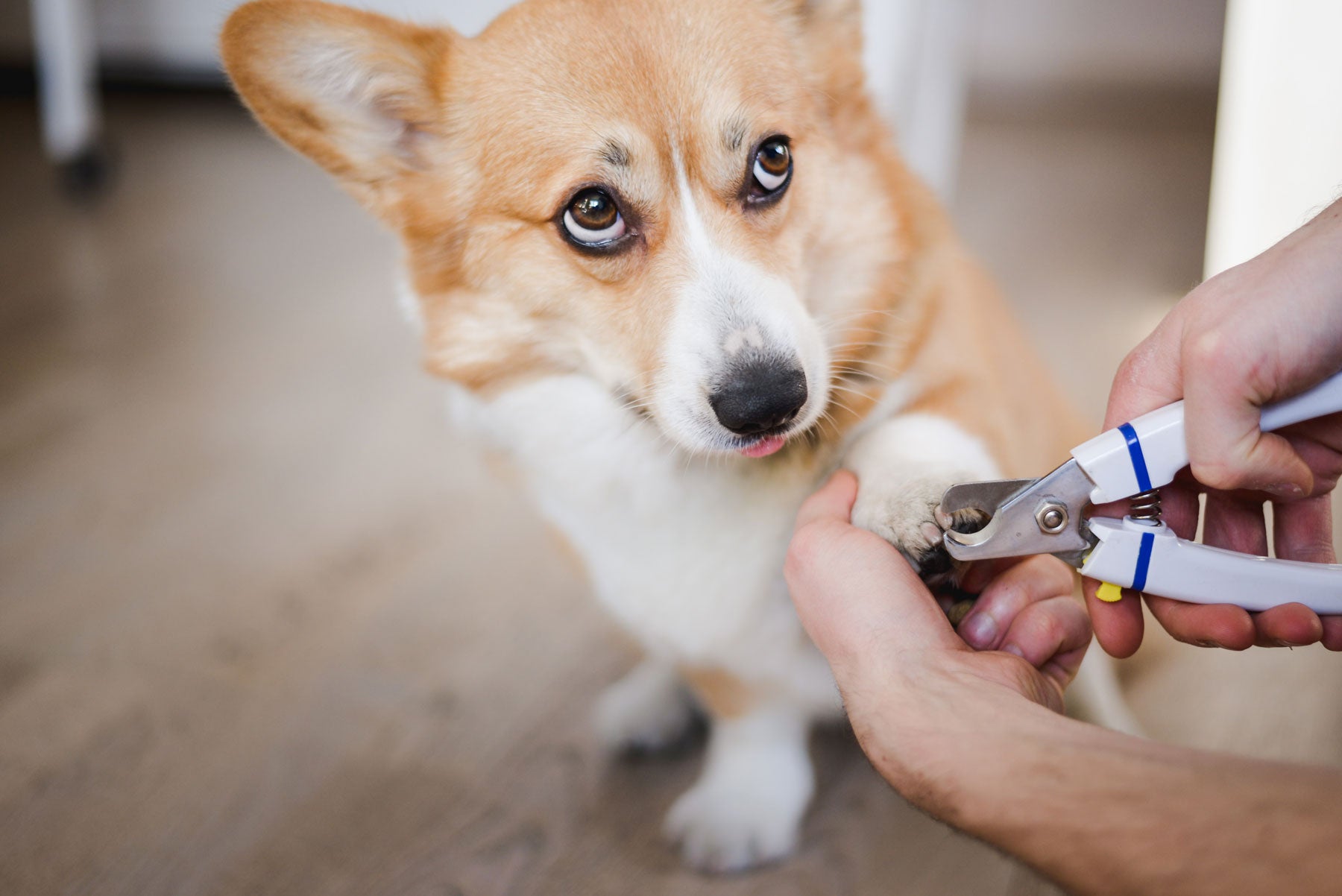
Nails Do's:
- Make sure their nails are trimmed regularly. Neglecting to do this can actually result in serious injury over time such as spine and posture issues. Trimming them every two weeks is recommended.
- Be slow and careful when starting out, especially if your dog is not used to having his paws handled.
- Use the proper tools, such as clippers or nail grinders that are made specifically for dog nails.
Nail Don'ts:
- Avoid using human nail trimmers or scissors.
- Don't trim your dog's nails if your're not feeling confident. Cutting them too short will result in bleeding and injury. Have a groomer or vet show you the proper technique before you attempt it yourself.
CONCLUSION
Hopefully this has been a helpful guide when it comes to proper dog hygiene and caring for your pet! As long as you devote some time to proper grooming and hygiene practices a few days a week, your dog will have less work that needs to be done at the groomers, and will look and feel good too!
Previous article
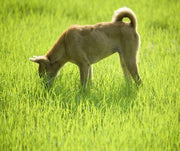
Next article
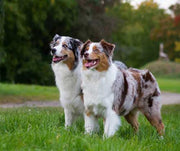
Related posts
View all-

Overcoming Obstacles with a Shelter Dog
With up to 8 million animals entering shelters every year, finding the right rescue dog might be easier than you think. These dogs aren’t just pets—they can become loyal companions, helping their owners face life’s challenges while overcoming their own. Read Article -

3 New Year’s Resolutions for Your Cat
You love your cat and their unique personality, but you wish they’d also make some New Year’s resolutions, and Petmate can help you put a few ideas into their heads. Petmate has products like their top entry litter box that may incentivize your feline friend to make some changes. It’ll be subconscious because they’re a cat, but you and Petmate can point your cat in a new direction. Read Article -

What a Winter Road Trip Looks Like with a Dog
If you’re traveling with your dog this winter, you might have to make some changes to your usual road-tripping style. With an extra someone to take care of during your trip, you’ll pack more bags. Make sure you bring a bag with all the essentials for your dog, including doggy bags, a blanket, toys, and food in a dog food storage container. You can both travel well on this trip! Read Article



